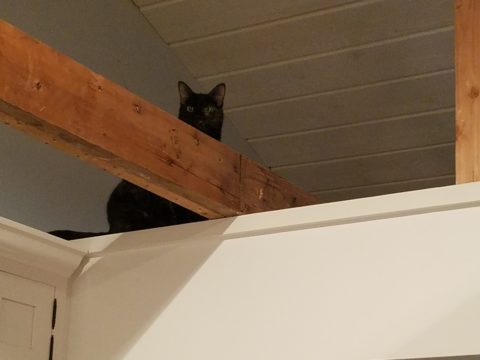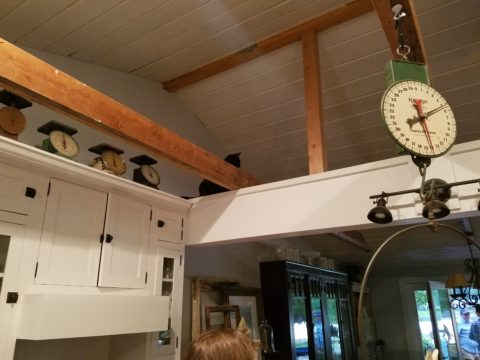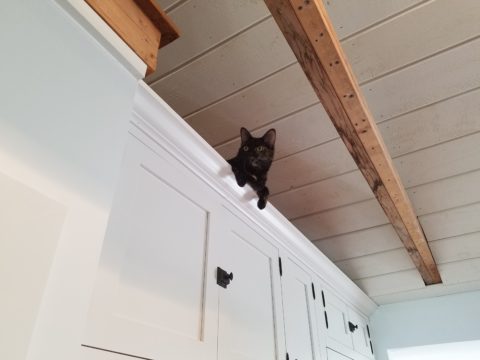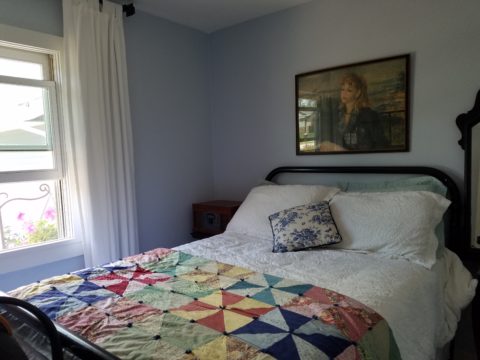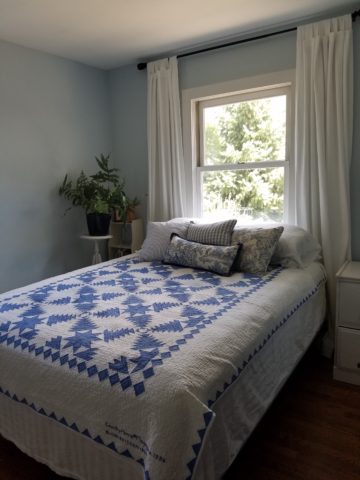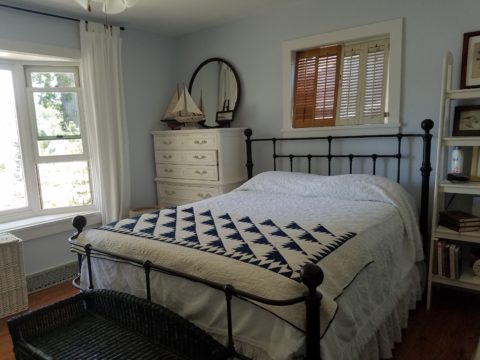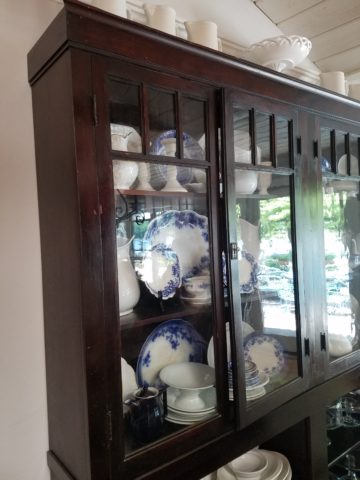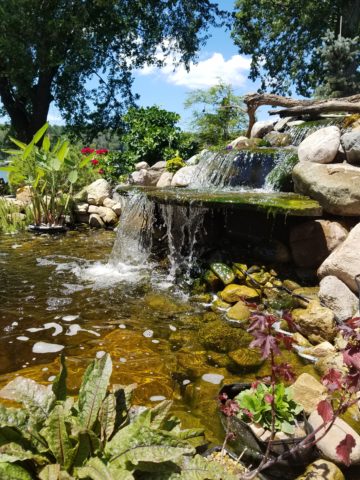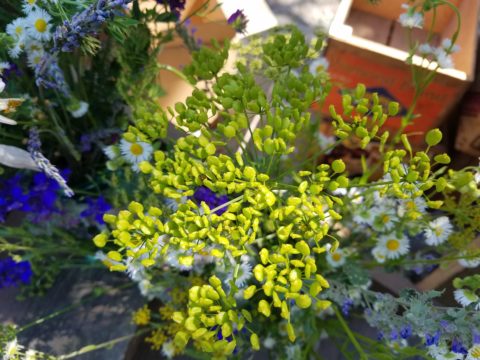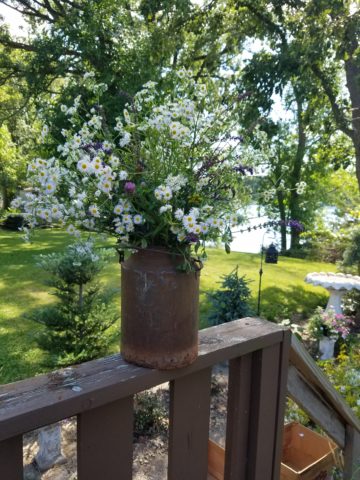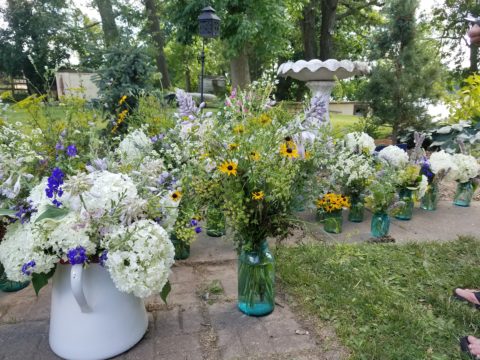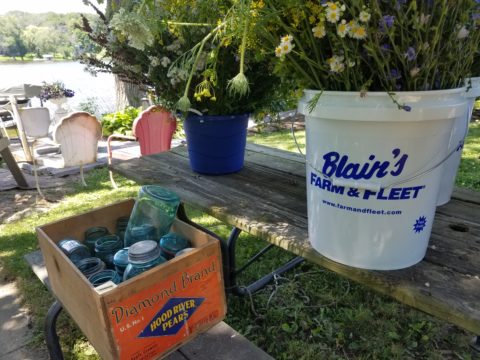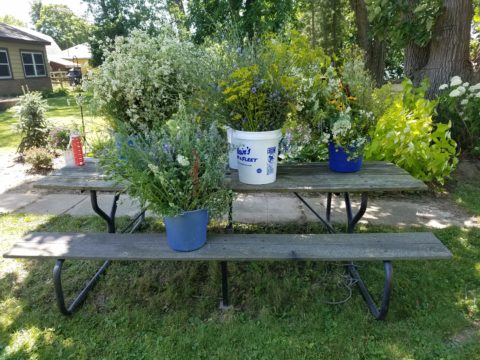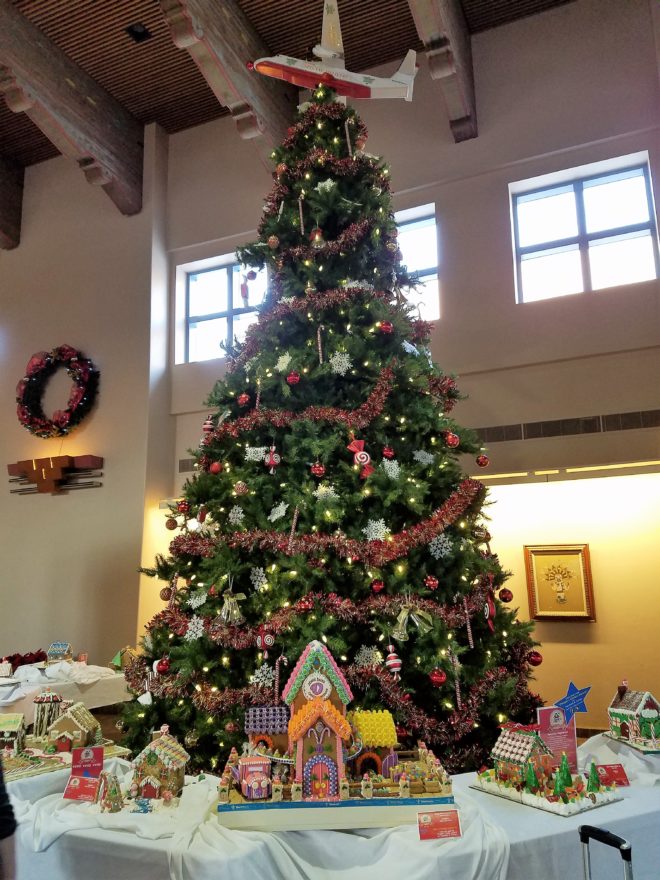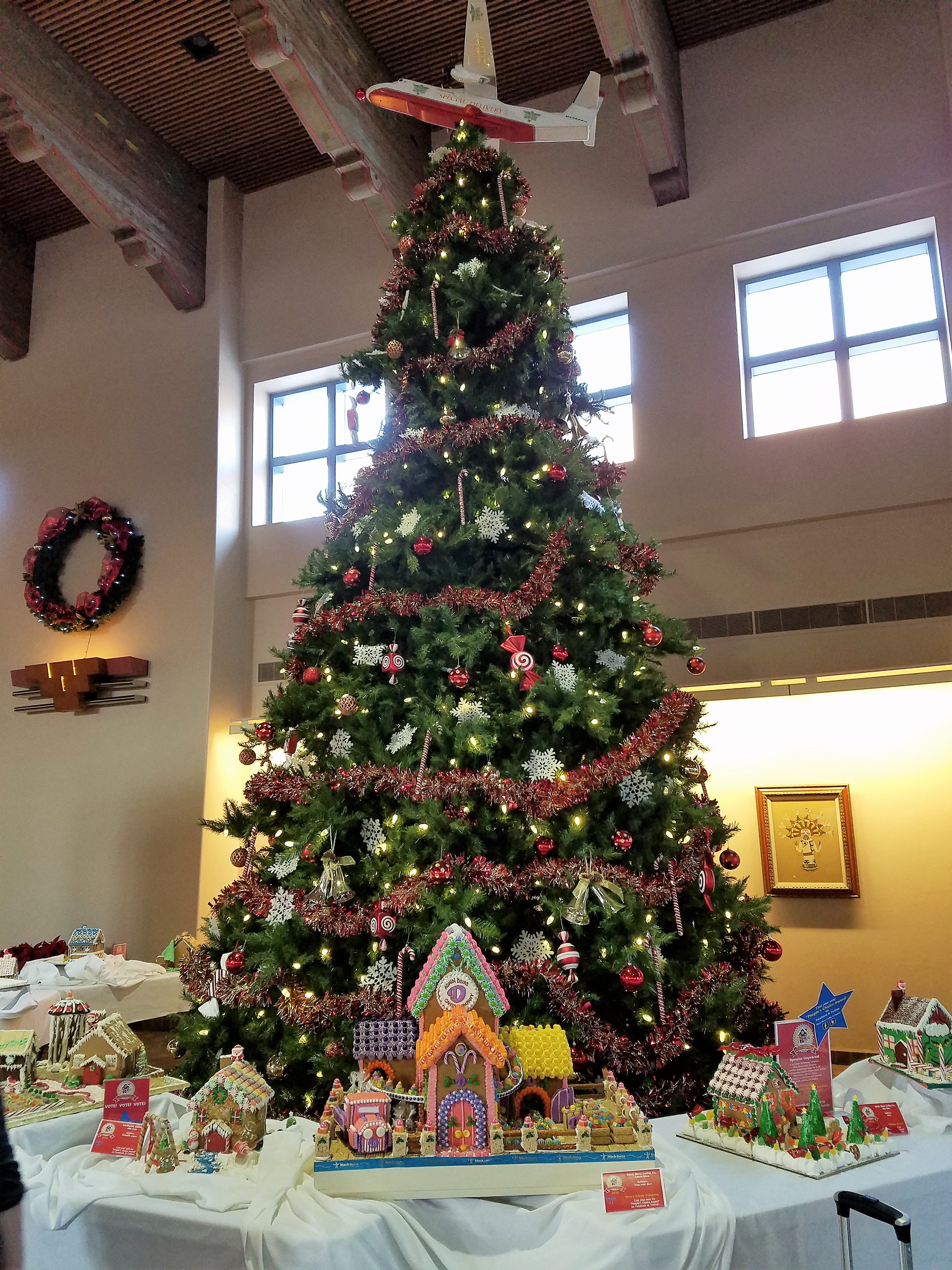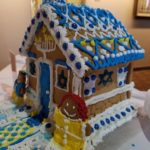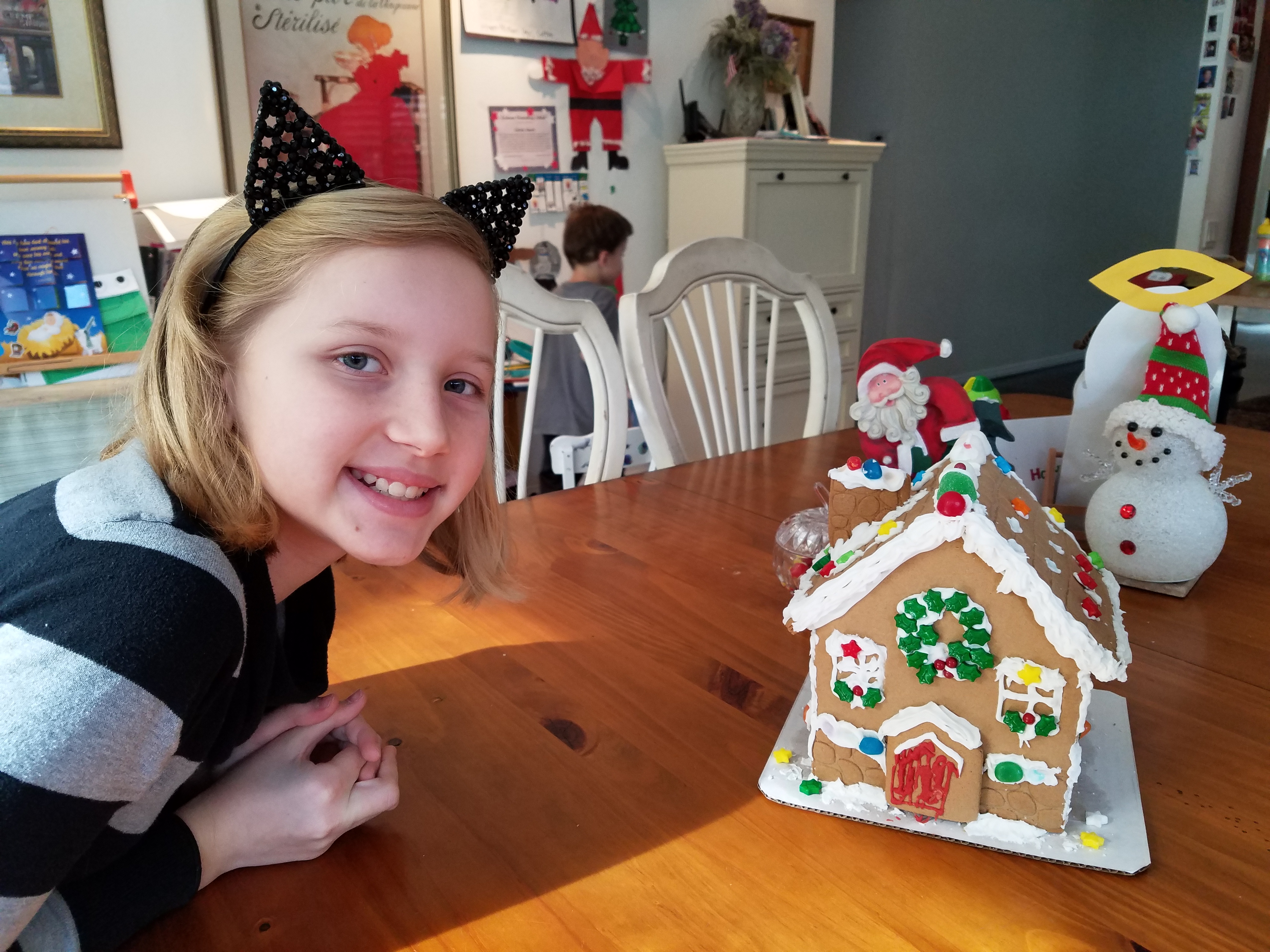When is the seed planted for a child who might just pursue a career in the arts, architecture or related design fields? How did the aptitude and interest first present itself? When are varied interests honed into a focused passion? If you’re reading this as a “creative,” do you remember the earliest exercises flexing your creativity?
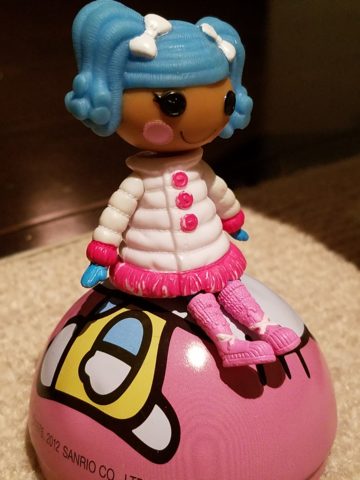
As an budding interior designer, I always enjoyed changing my room and futzing around the house arranging accessories and still-life groupings. Color was always important as were patterns and textures. Balance seemed intuitive too. I loved visiting art galleries and I became aware that I noticed and possessed an appreciation for art in its many forms, styles and media. I derived great joy from recognizing beauty, potential and the creative process. It followed to the out-of-doors too as I loved the gardens, layers of trees and made truly organic “forts” in the log pile nestled in the fallen oak and tulip poplar leaves of my childhood.
I also practiced landscape design – trimming English ivy meticulously from underneath so as not to whack off the front edges. I created exotic fern gardens by finding indigenous ferns in the woods and bringing them into the less wild pockets of our wooded backyard – arranging and placing them just right. Spider plants procreated their dangling off-spring that I trimmed and rooted in multiple clay pots lining our patio wall waiting to mature over the summer and be presented as gifts to admiring plant lovers.
Upon returning from a lively Padres and Cardinals baseball game last night, we were greeted by a spot-lit city and pompous parallel parade. Our boldly preciously precocious 7 year granddaughter
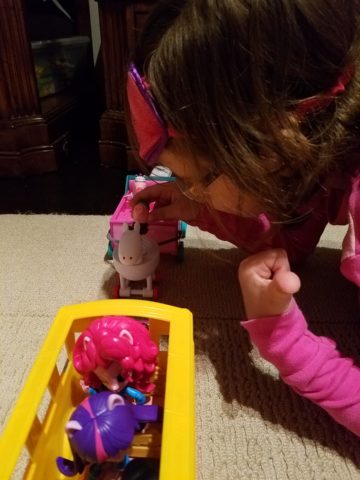
had created a magical world with all manner of pets, creatures, super heroes and trinkets adorning the architecture and riding in the parade of colorful vehicles.
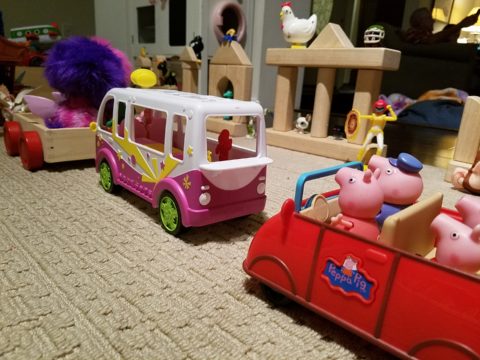
The lighting was particularly effective as it cast shadows and illuminated the many elements and characters that animated the scene. This is the perfect temptation for rival siblings to destroy. One sweeping sword or outstretched arm would send this amazing project to rubble. Tonight however there was no such rivalry resulting in destruction. Rather it was protected and revered until we arrived home for the presentation.
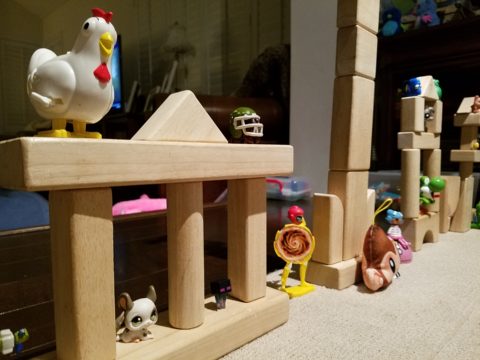
“You like my city, don’t you?” was the confident query – set-forth with an affirmative assumption – regardless of the questioning format, of the comment she delivered. Yes the city and parallel parade was quite exceptional. So much so that it inspired thoughtful observation and examination including this writing today.
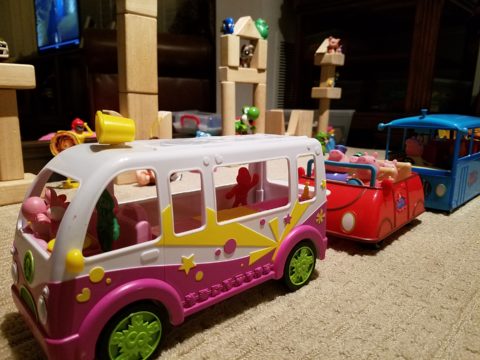
As I knelt down and captured various angles of the structures, towers, tiers, columns, pediments and facades with my trusty phone, I realized that this took a tremendous amount of material. The raw wooden building blocks were nostalgically familiar – the very same blocks, triangles, square and round columns, bricks and cubes with which I had built towering structures as a child. Creativity can certainly be spawned with limited resources and often results in remarkably ingenious results, but as looked around this particular scene, I discovered baskets, bins, boxes and piles of things. Things with which to create a limitless fantasy world.
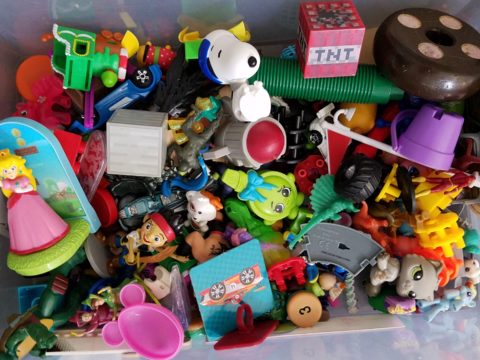
These, paired with her wonderful imagination, were the tools of this creative child who had a treasure trove of parts and pieces, characters and vehicles providing countless components waiting for the imagination to assemble into this and other amazing scenes. Singing while she works, it is evident that this child is over-flowing with artistic expression.
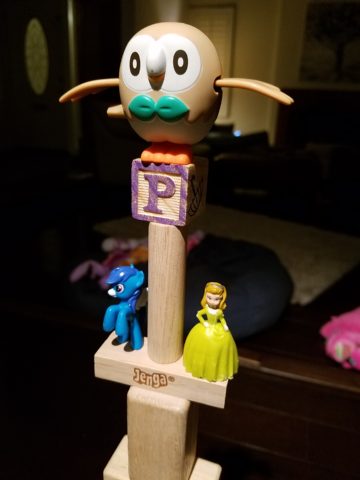
The fantastic architecture and design we admire today was spawned by creative minds using existing tools or inventing new elements to create and ultimately construct seemingly unimaginable buildings around the world. Yet they were imagined and they became realities from fantastic dreams and ideas, bravery and determination. A creative will that was once a seed of enthusiastic inspiration.
Happy Mother’s Day to all, with a particular emphasis on mine for all of her creativity and encouragement though the years, of my many phases of artistic exploration, appreciation and expression.

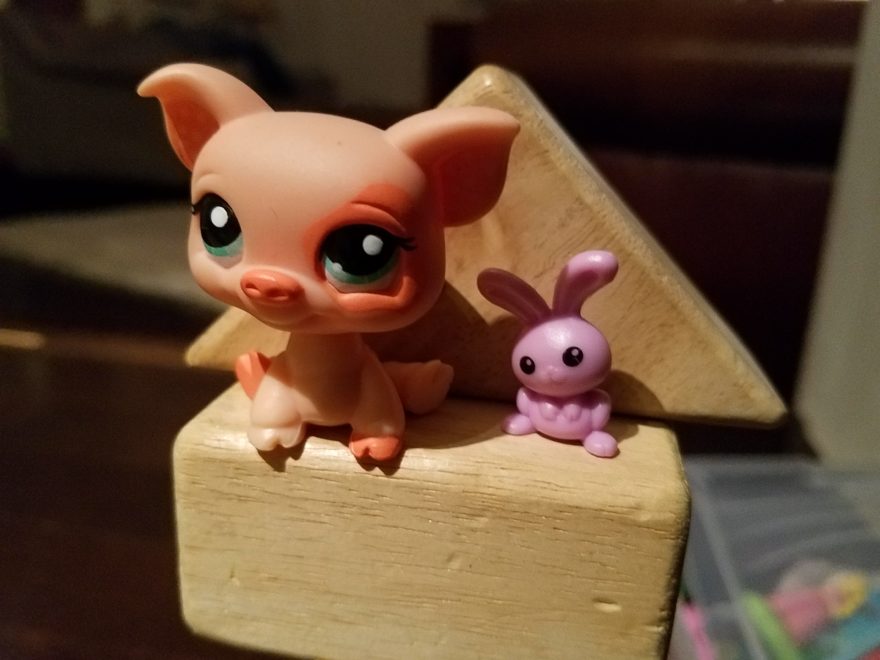
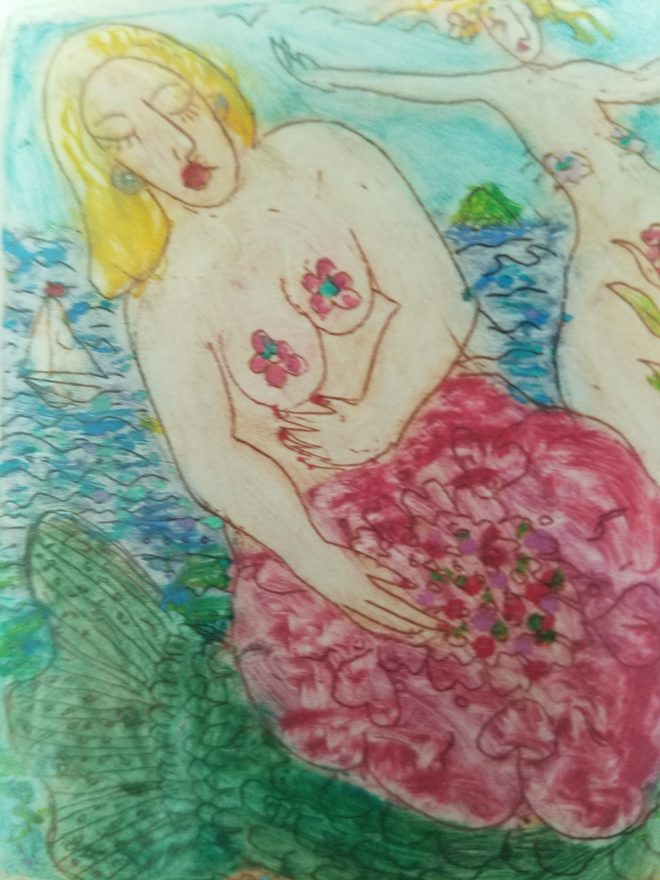
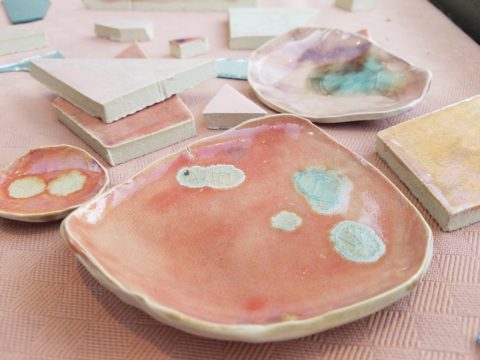
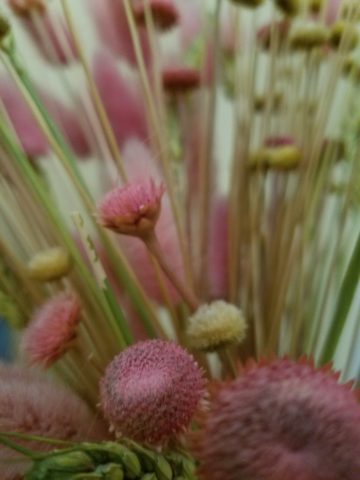
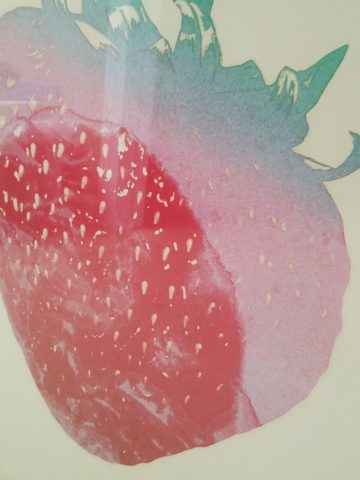
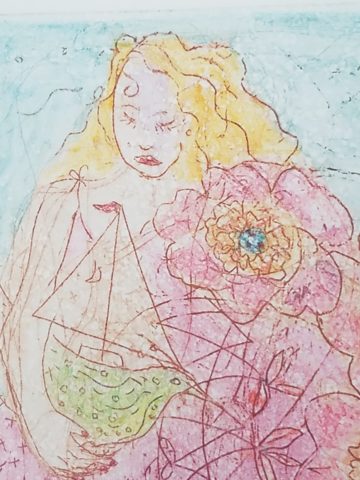
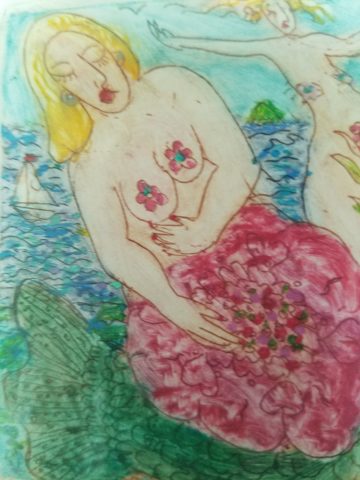
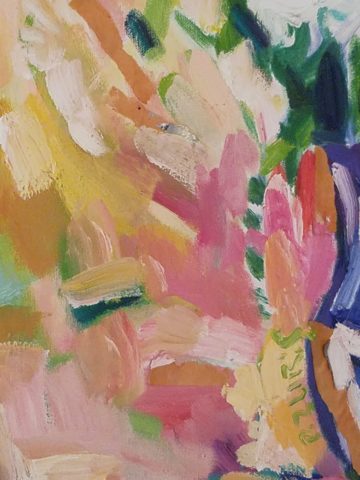
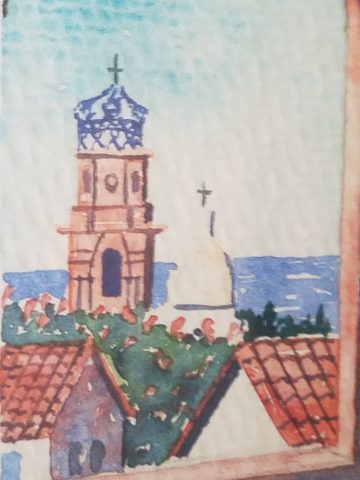
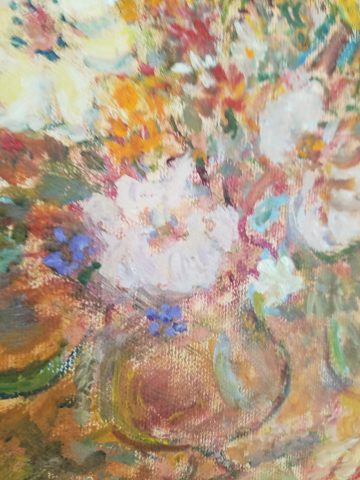
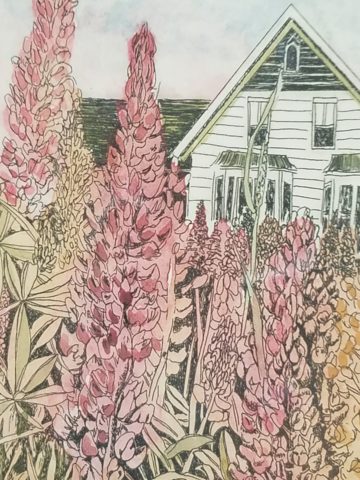
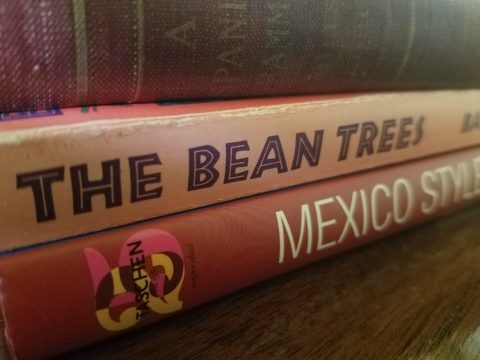
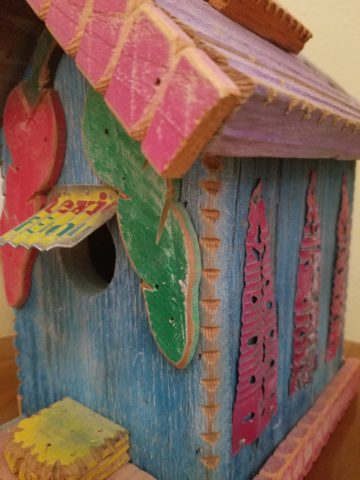
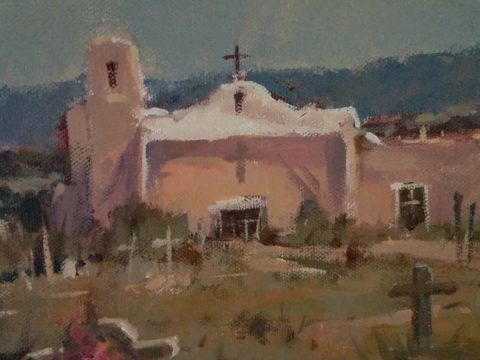
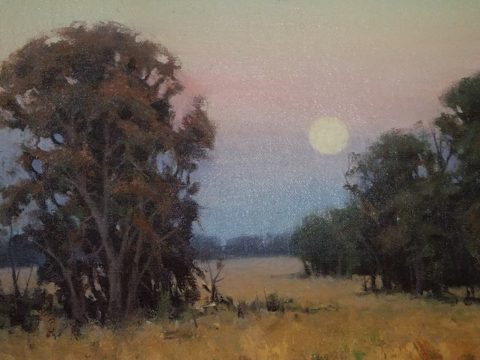

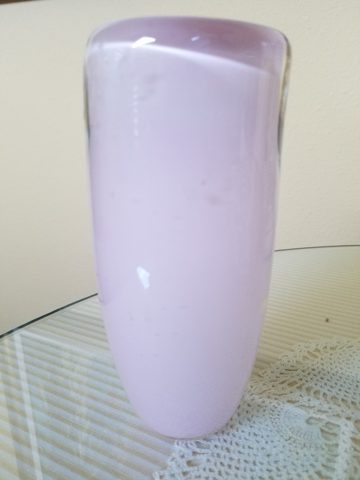
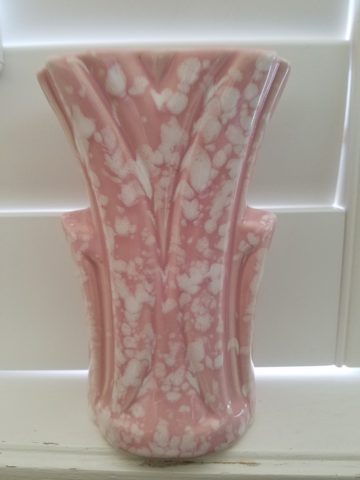
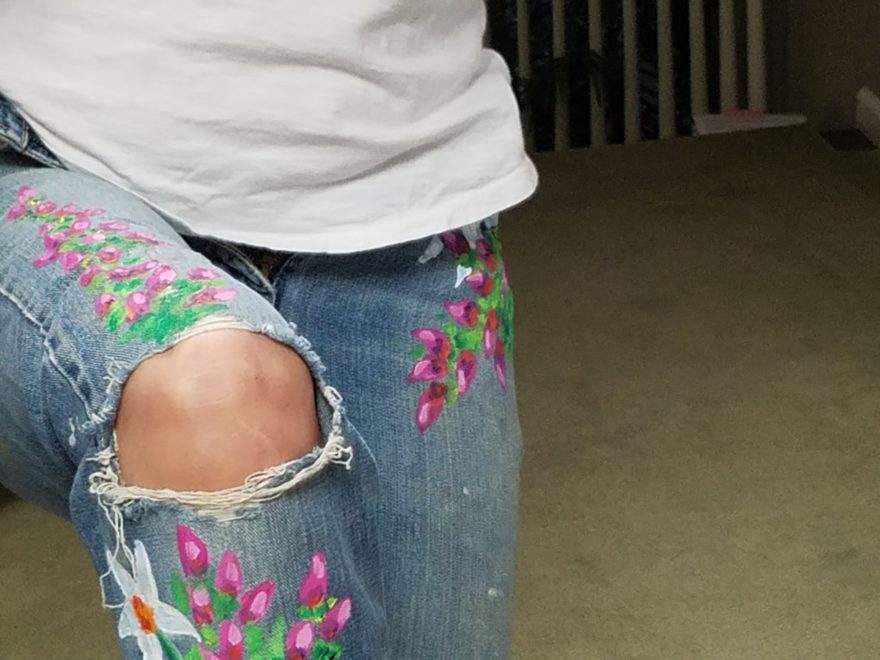
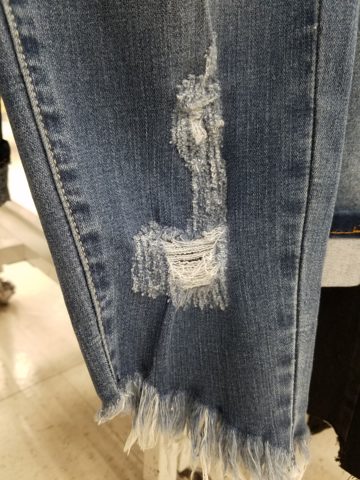
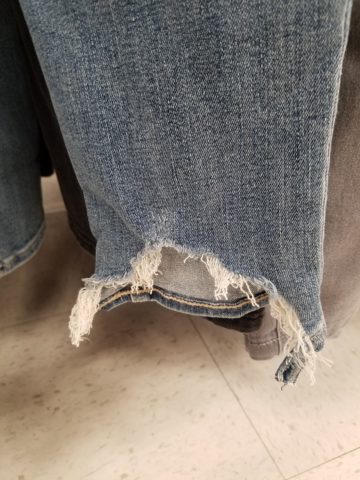
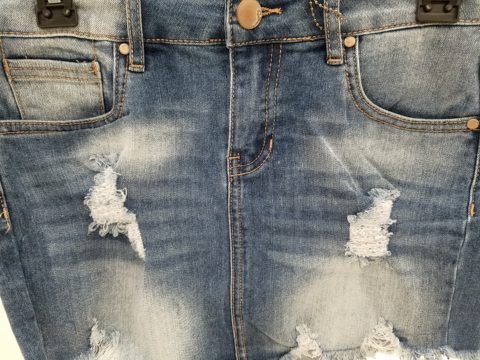
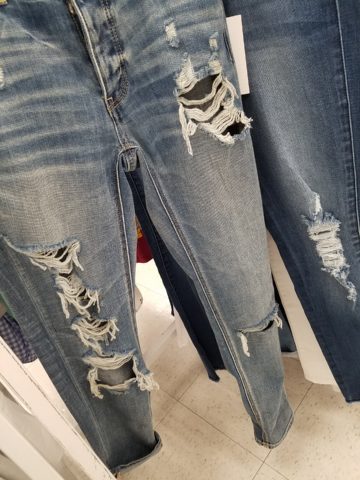
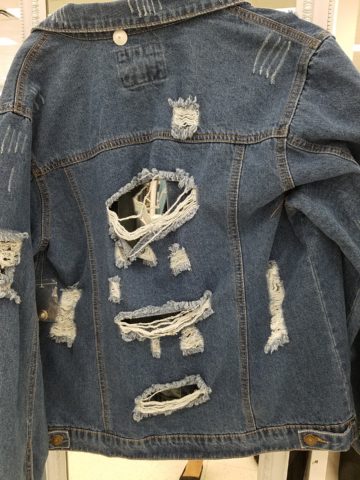
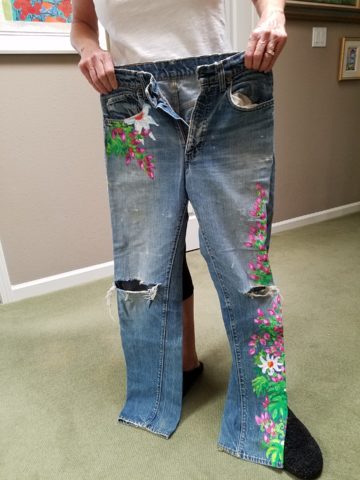
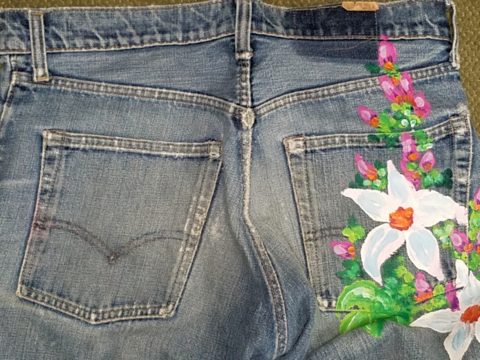
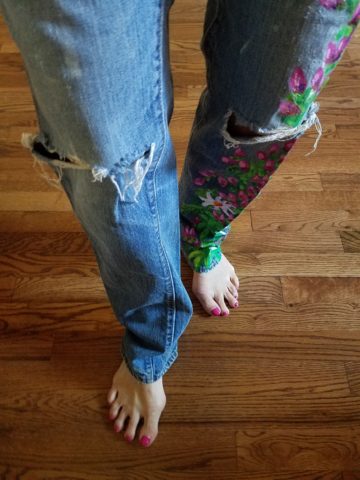
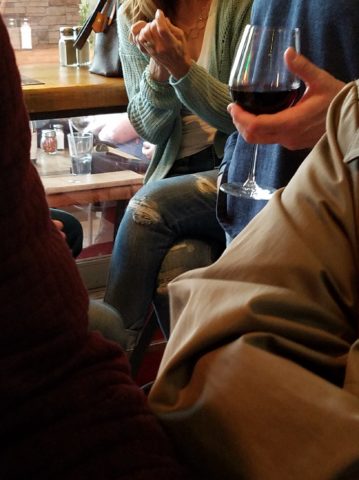
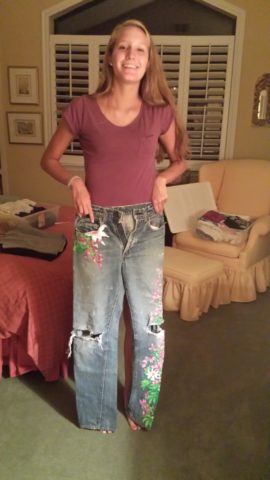
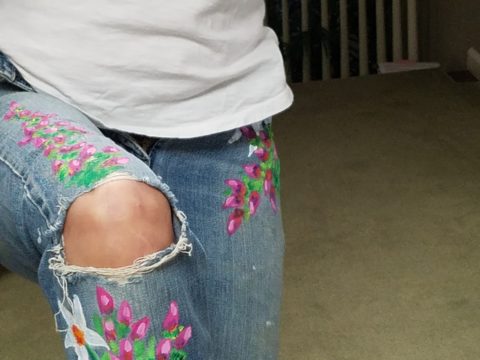
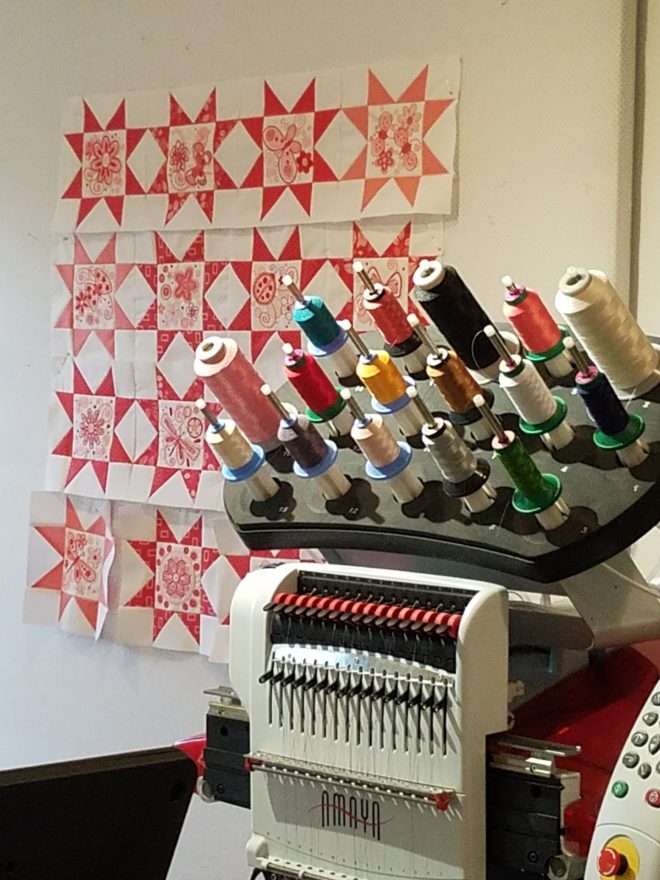
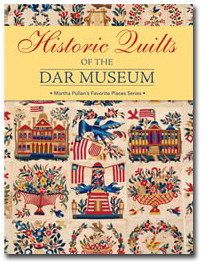 Two days ago I found myself in an in-home art-studio/workroom that blew me away!
Two days ago I found myself in an in-home art-studio/workroom that blew me away!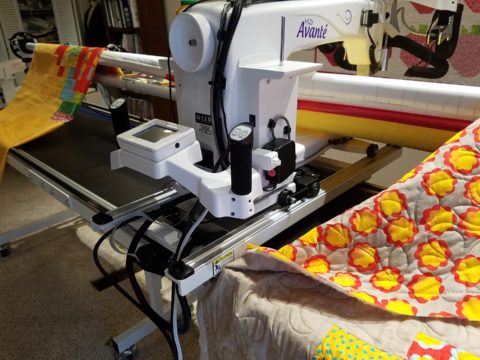
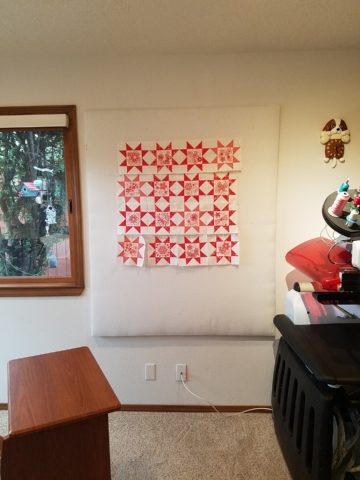
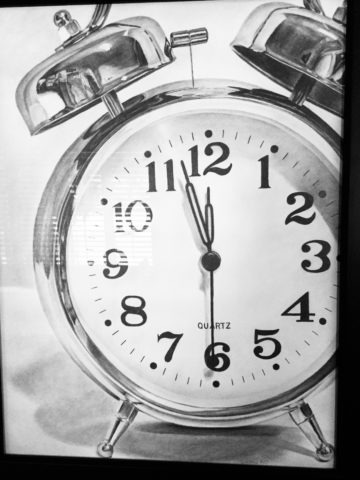
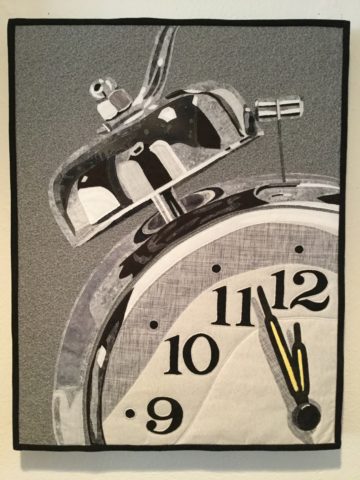
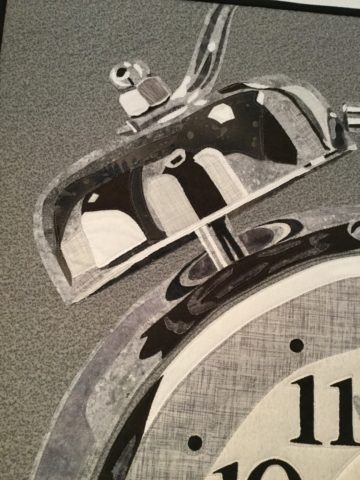
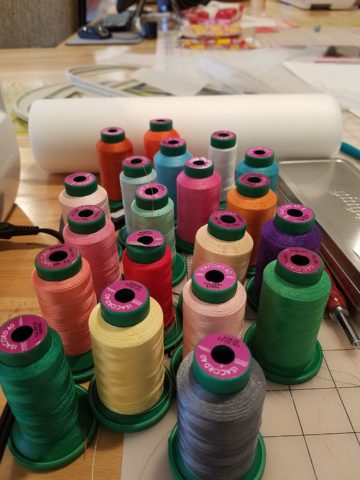
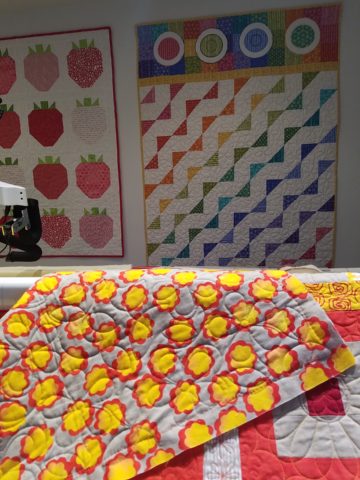
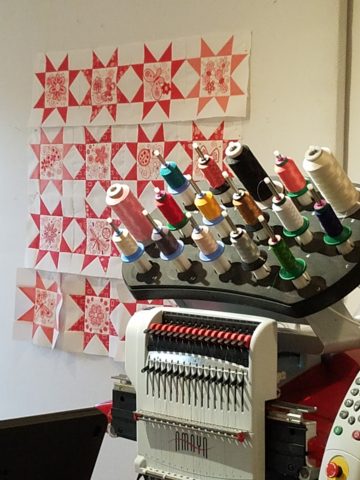
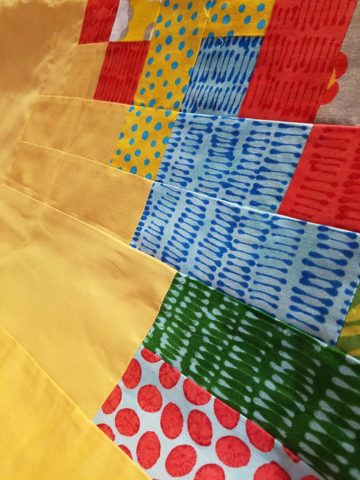
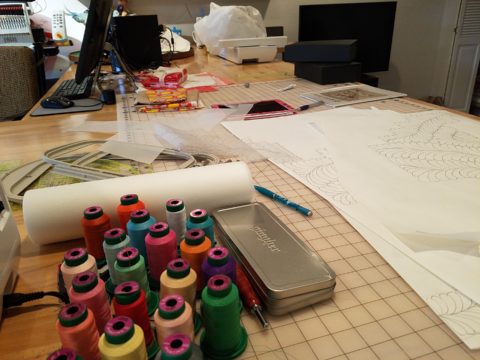
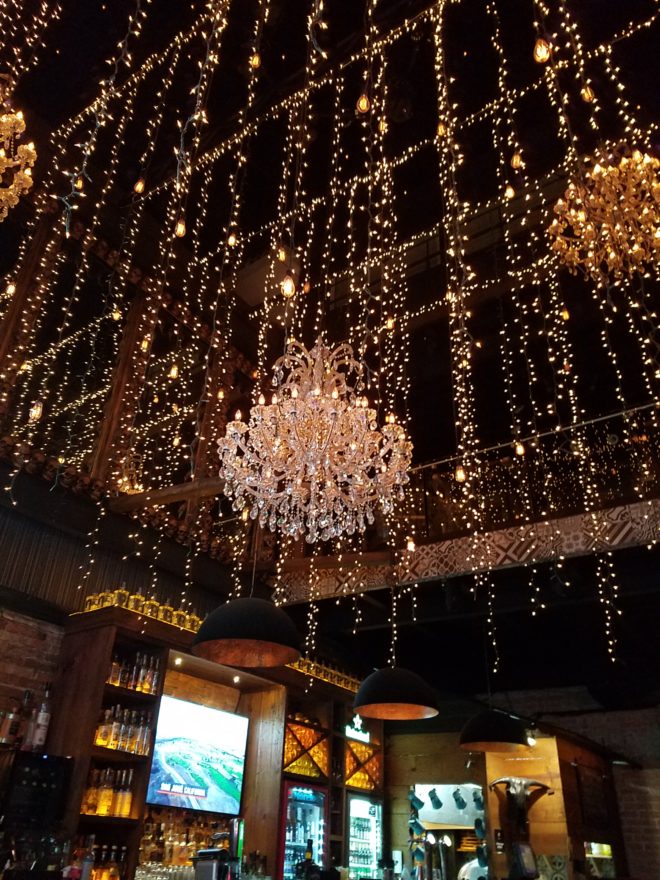
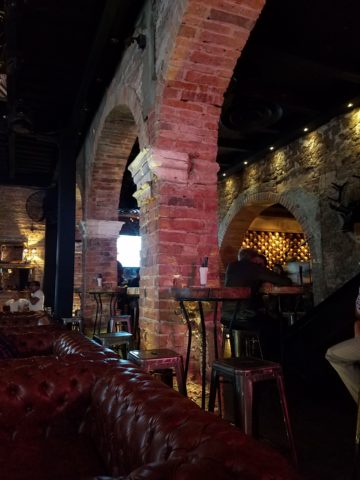
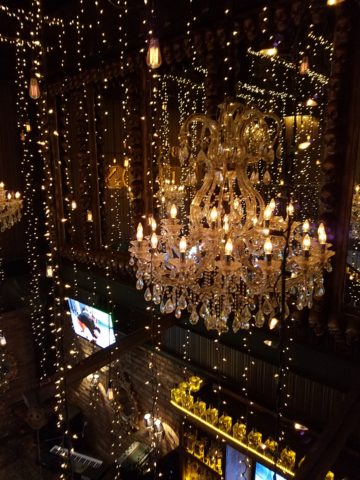
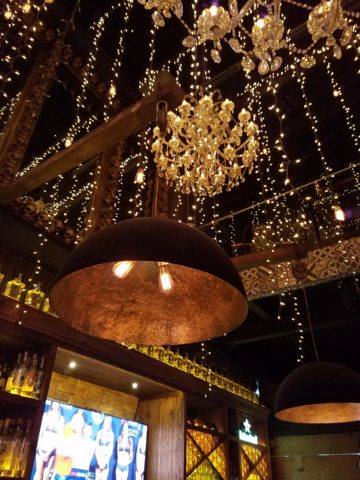
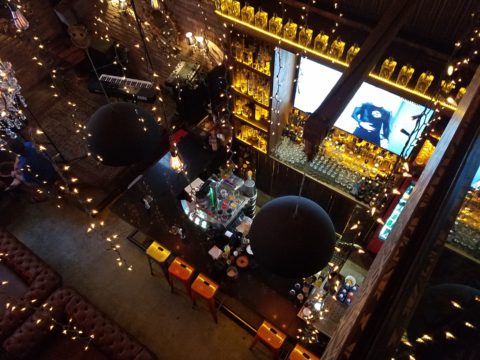
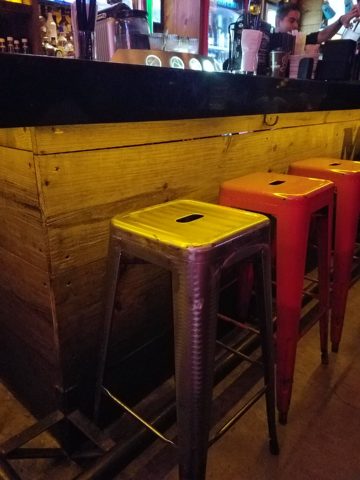
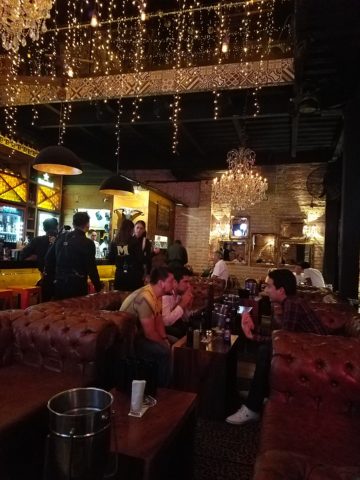
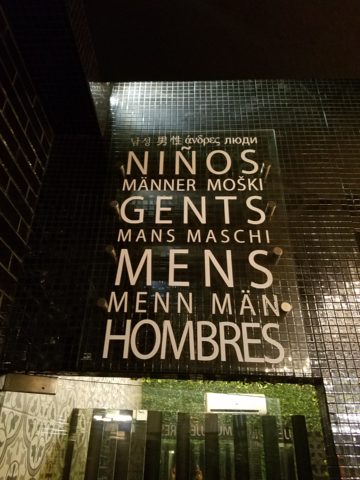
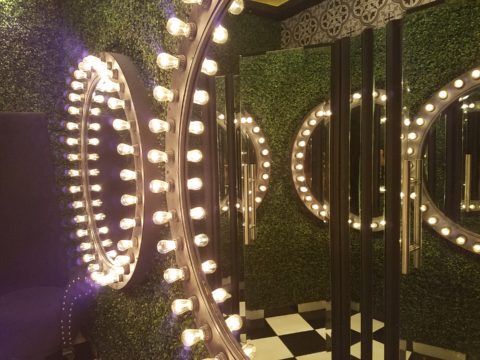
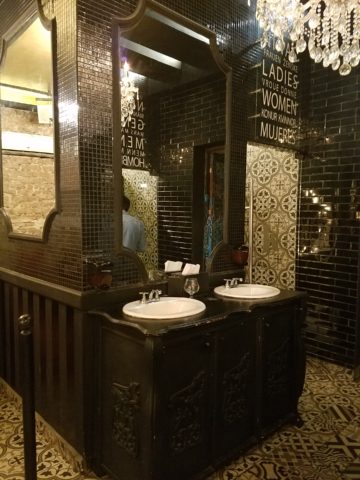
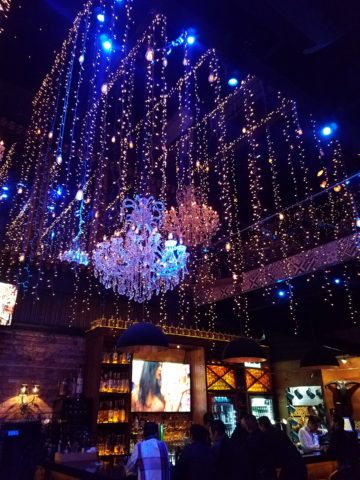
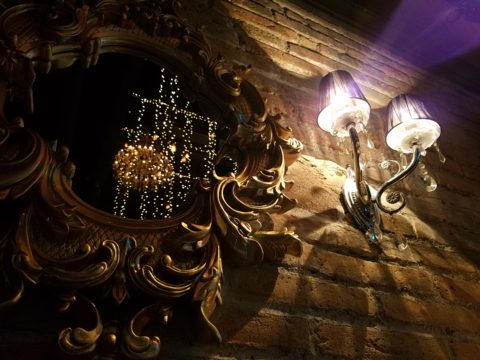
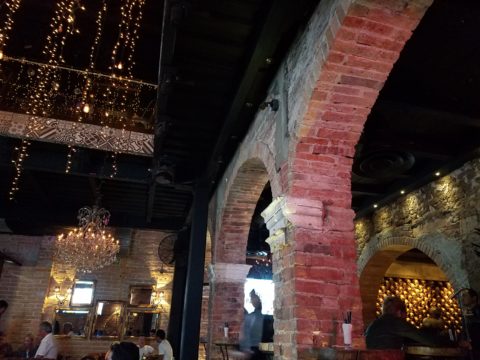
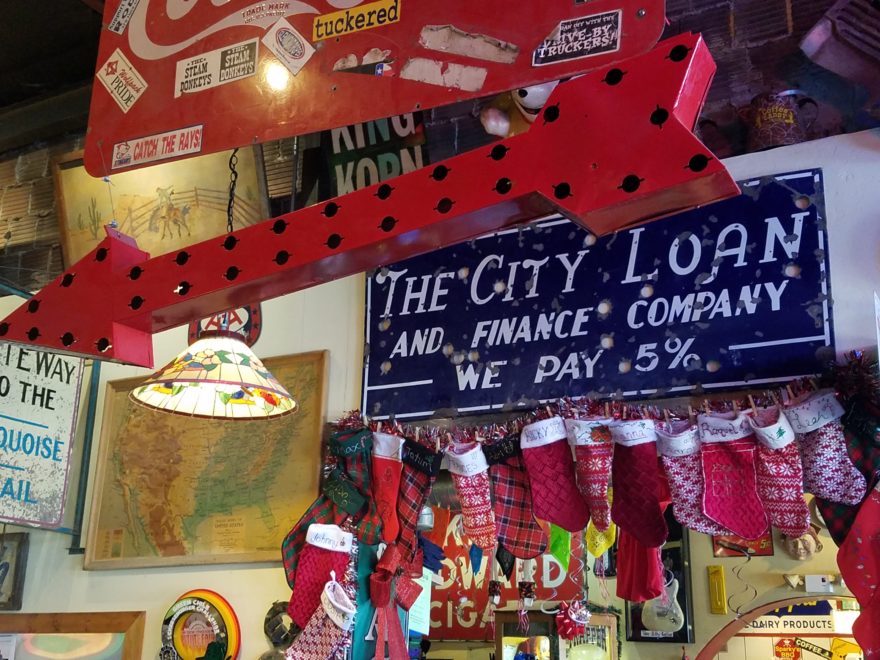
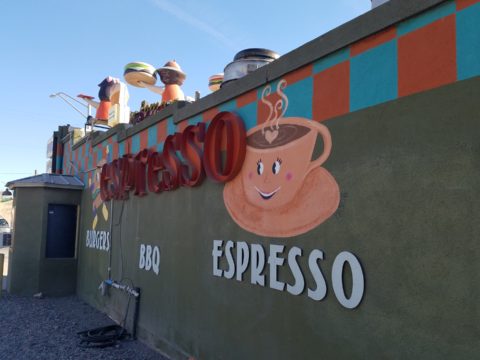
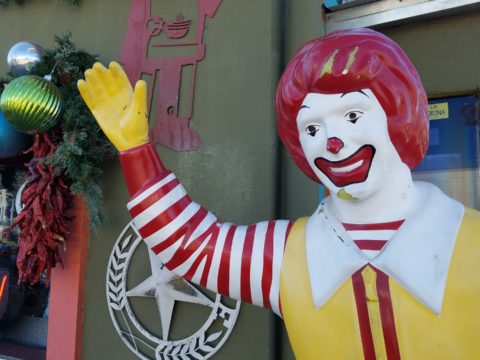
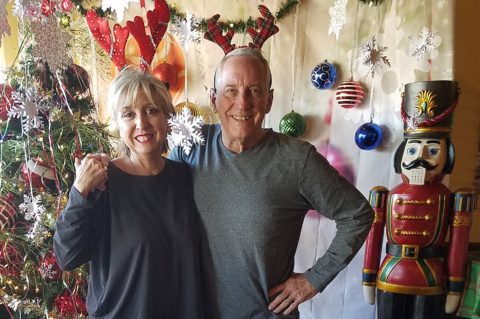

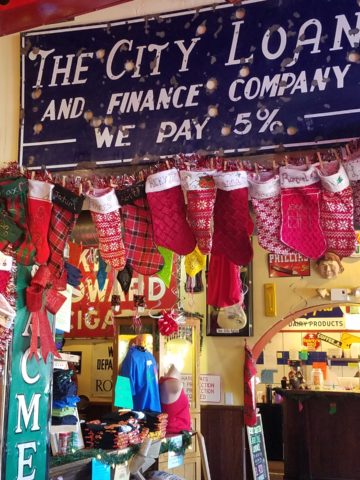
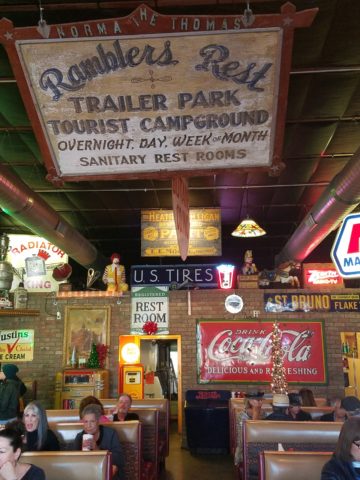
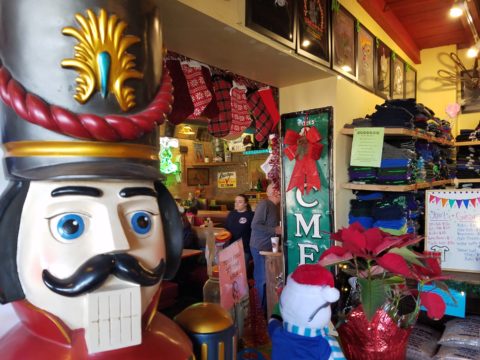


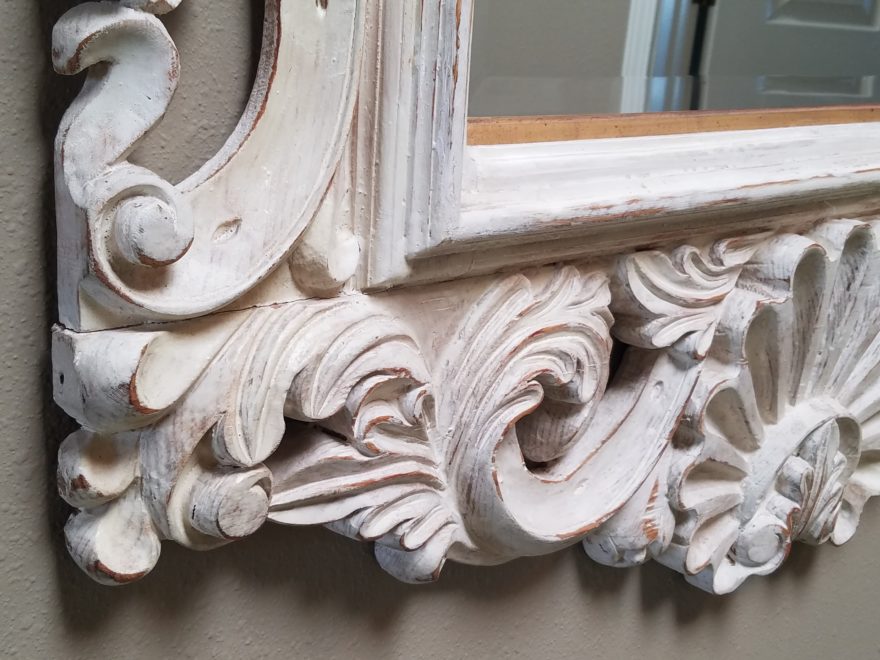
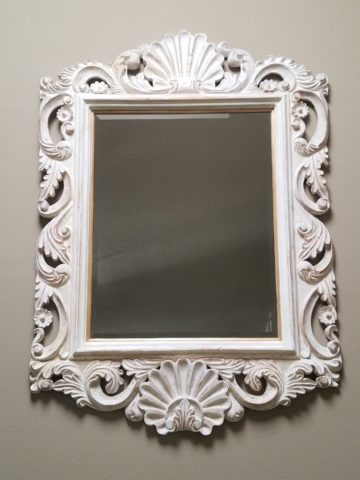
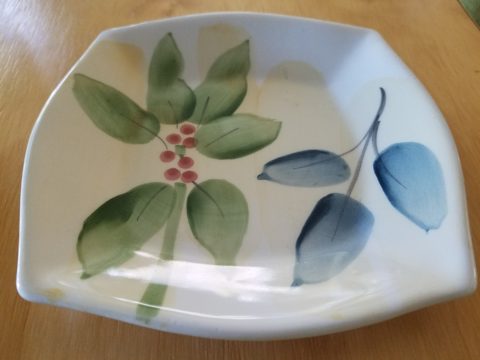
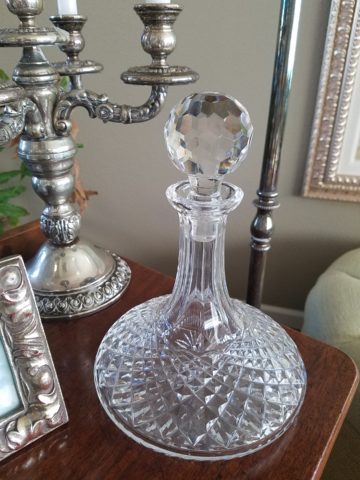
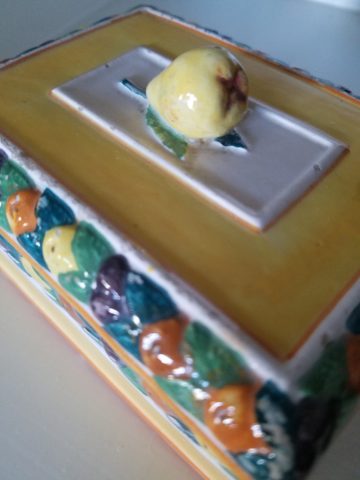

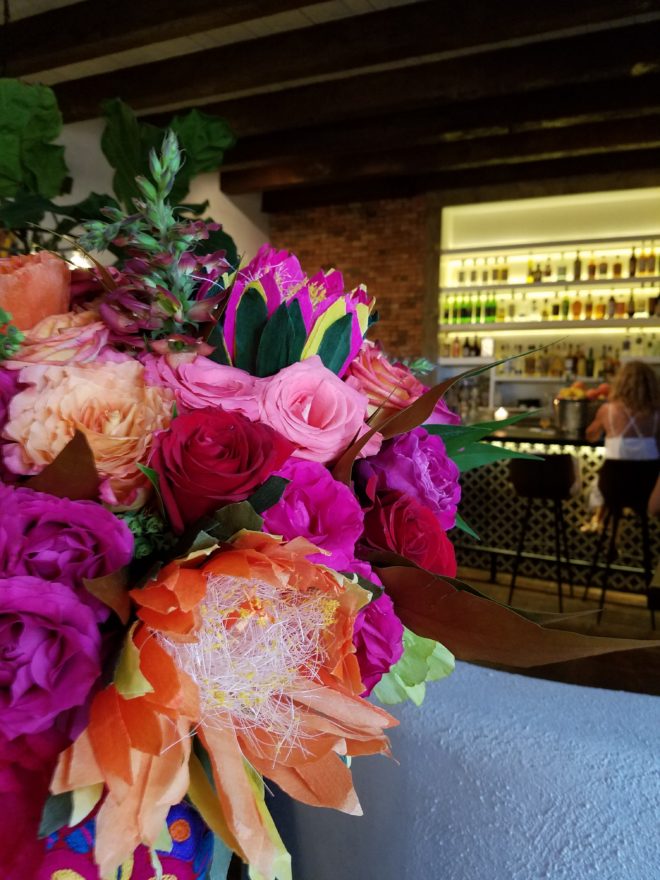



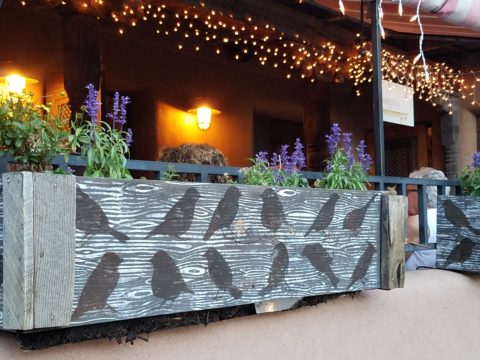
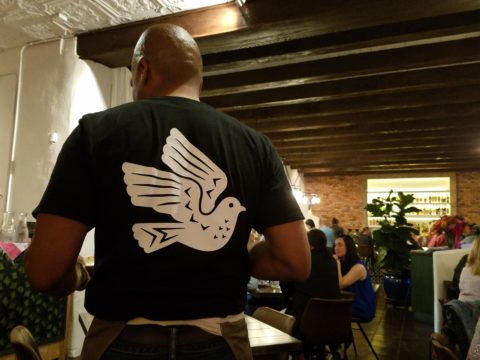
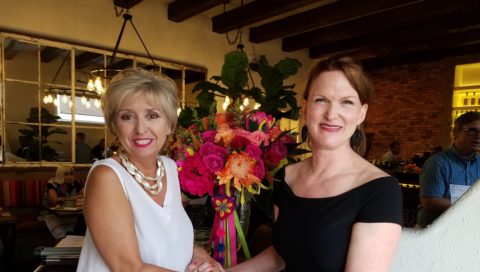
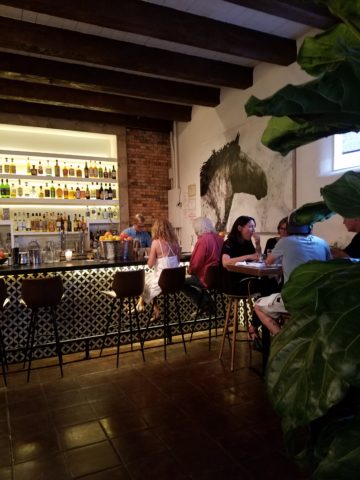
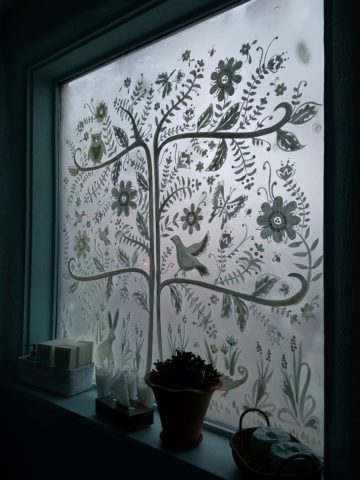
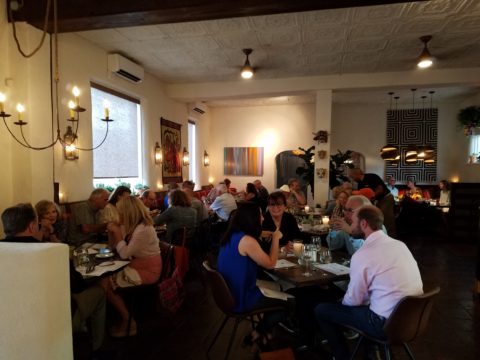
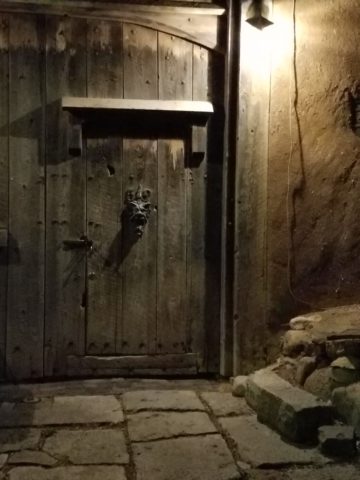
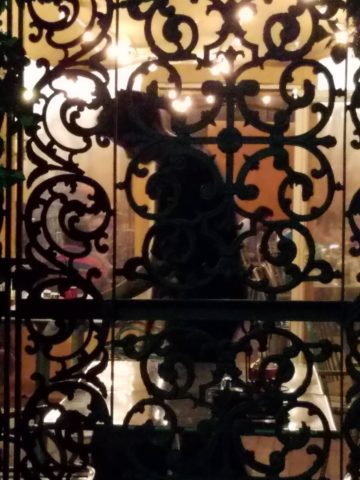
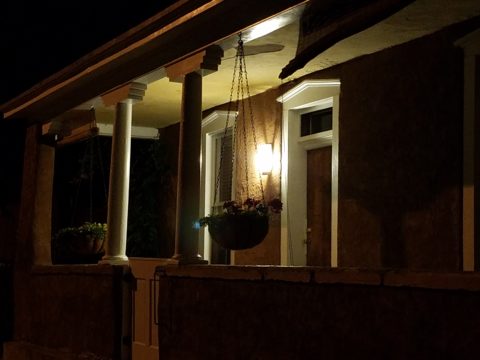
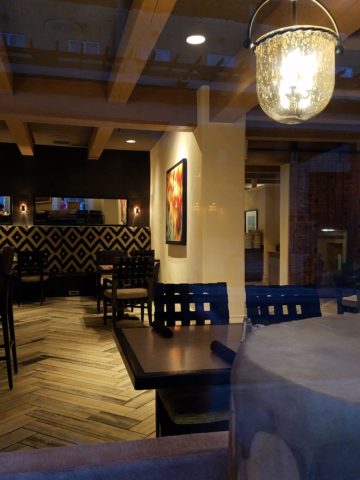
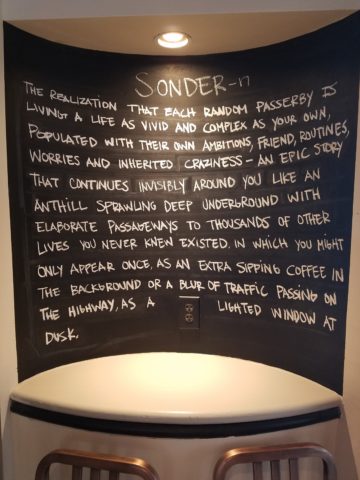
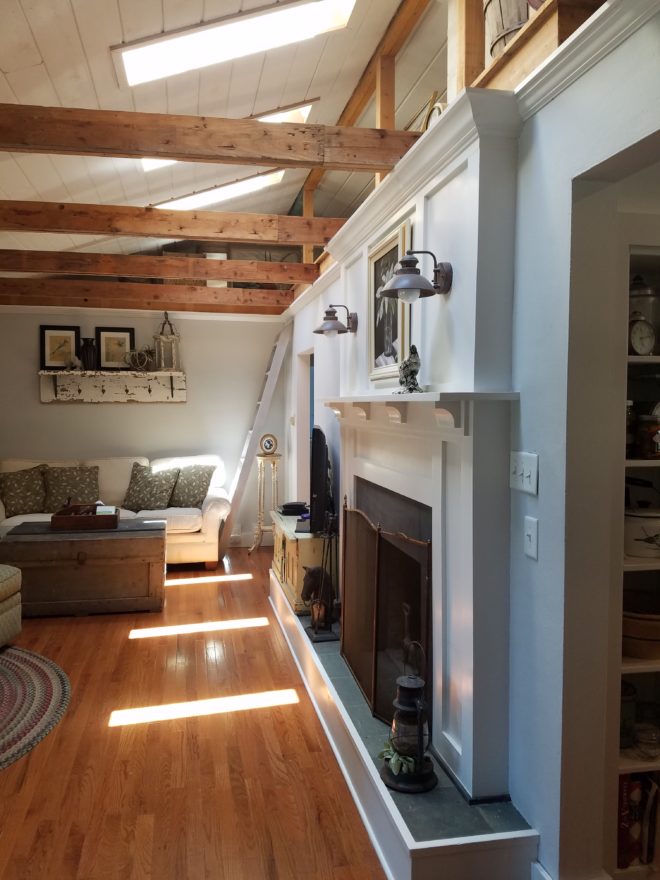
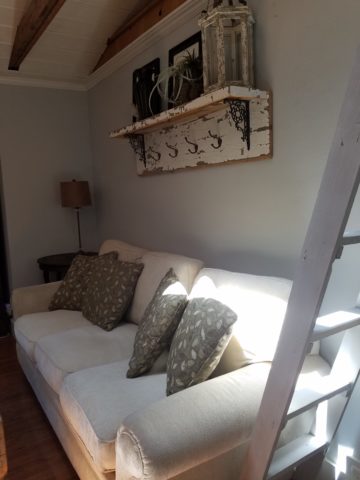
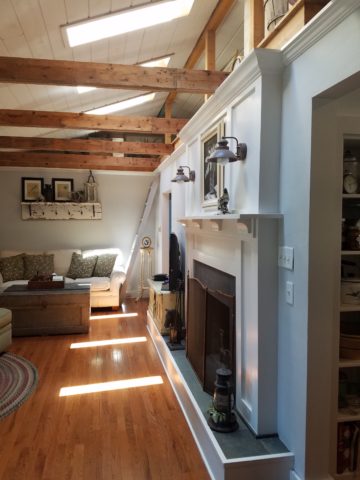
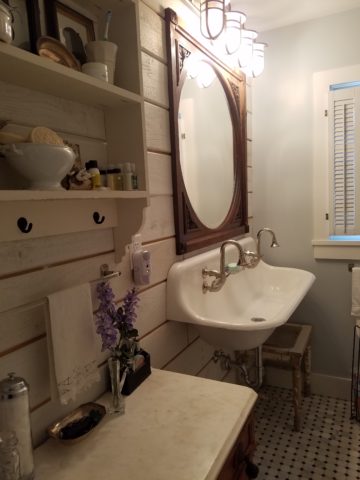 Hearing their comments as they passed through the spaces was amusing in their commonality. Everyone was amazed at the amount of work done, creative elements incorporated, fun finds she had collected to transform this modest house into this cozy cottage. Her two cats have wonderful vantage points to watch the activities in the rooms below as guests gathered to celebrate the weekend’s family wedding festivities.
Hearing their comments as they passed through the spaces was amusing in their commonality. Everyone was amazed at the amount of work done, creative elements incorporated, fun finds she had collected to transform this modest house into this cozy cottage. Her two cats have wonderful vantage points to watch the activities in the rooms below as guests gathered to celebrate the weekend’s family wedding festivities.